Rhinoplasty
The objective of rhinoplasty is to significantly improve the appearance of the nose, but with a natural appearance, obtaining a balanced appearance with the rest of the face, without changing the features or identity of the patient.
Anatomical and Preservation Rhinoplasty
At the time of surgery, functional endonasal surgery can be performed to improve breathing and it can also be done simultaneously with other surgeries. When planning rhinoplasty, your facial features, the skin on your nose, and what you would like to change will be considered. If you are a candidate for surgery, we prepare a personalized plan for you.
Before And After
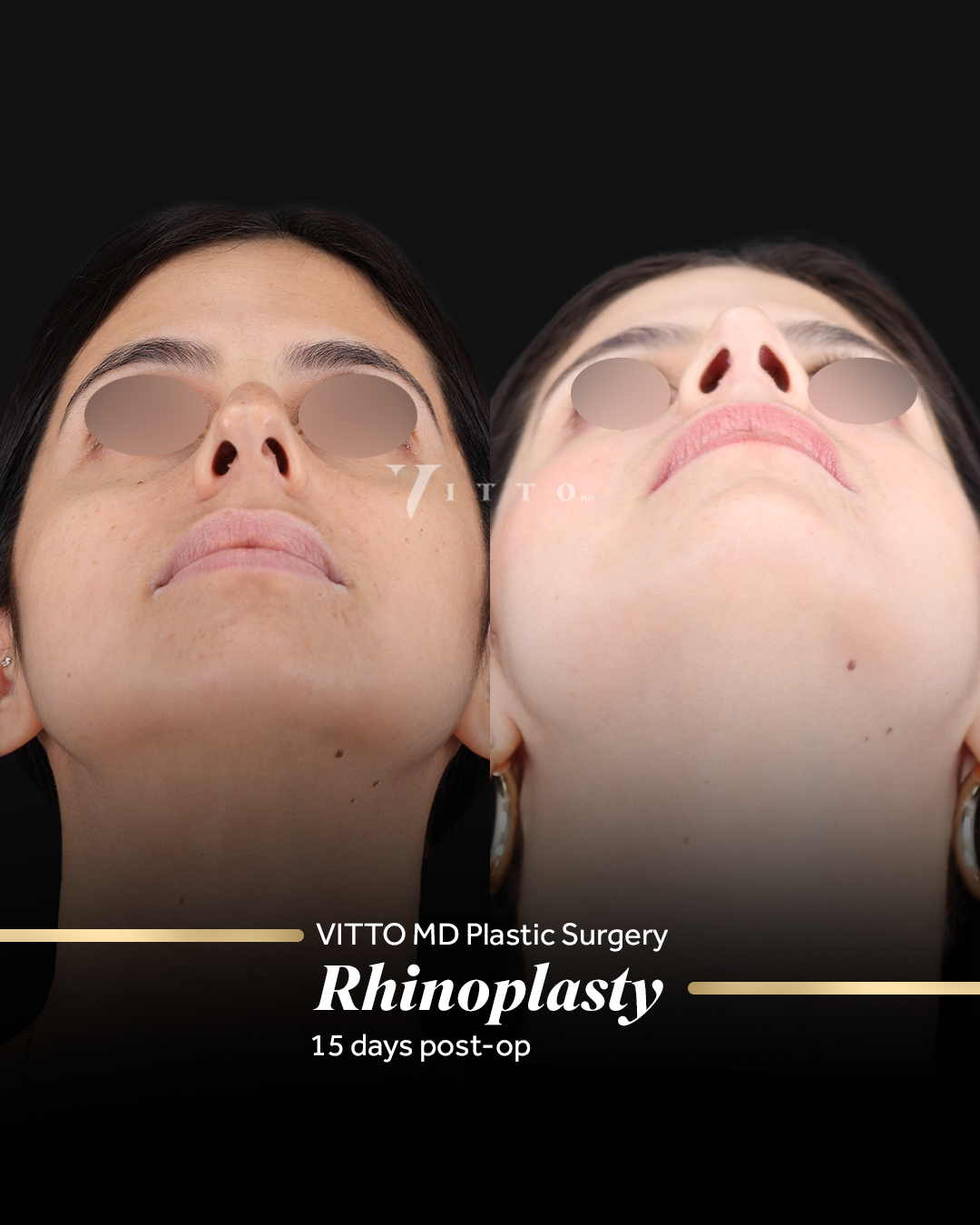
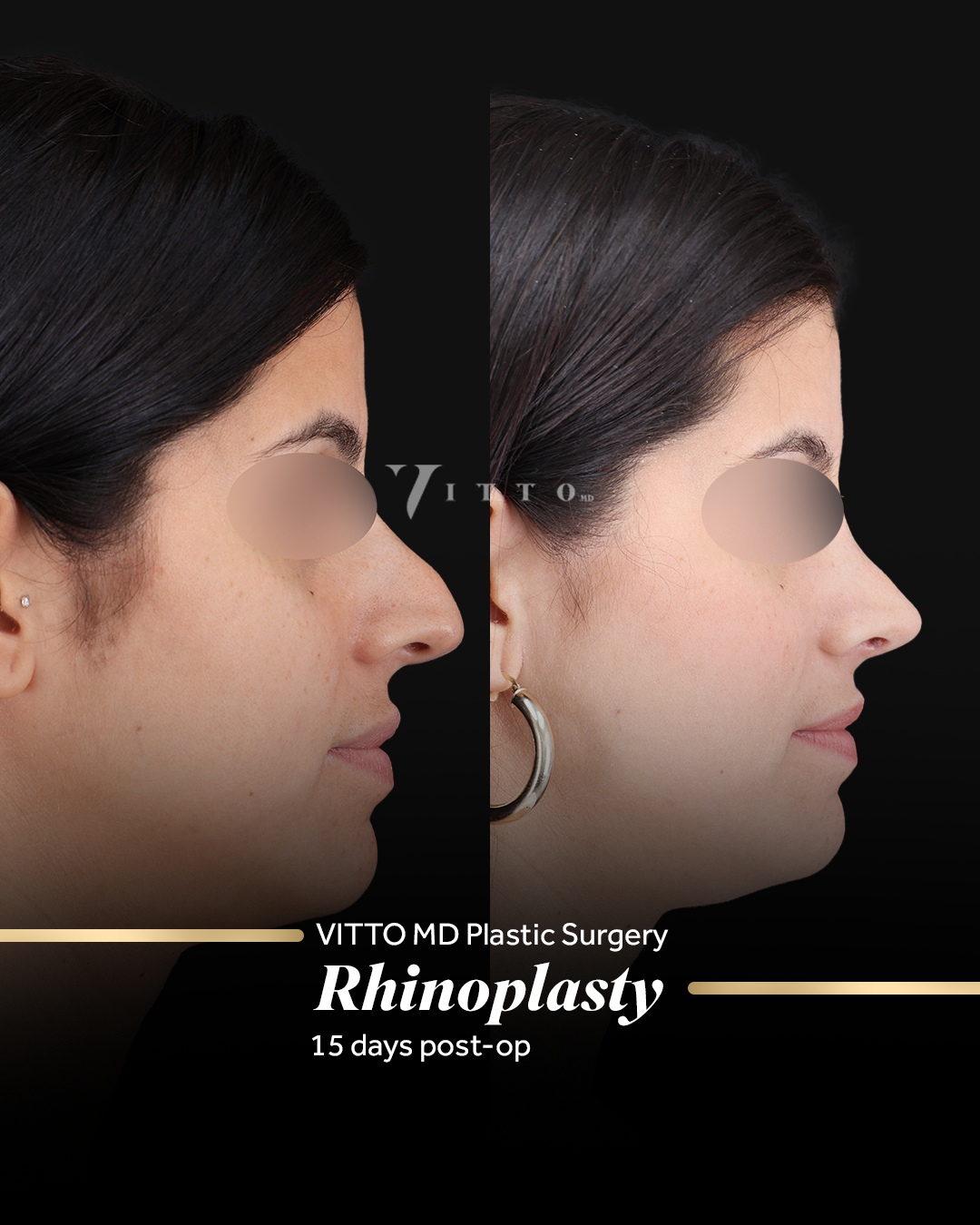
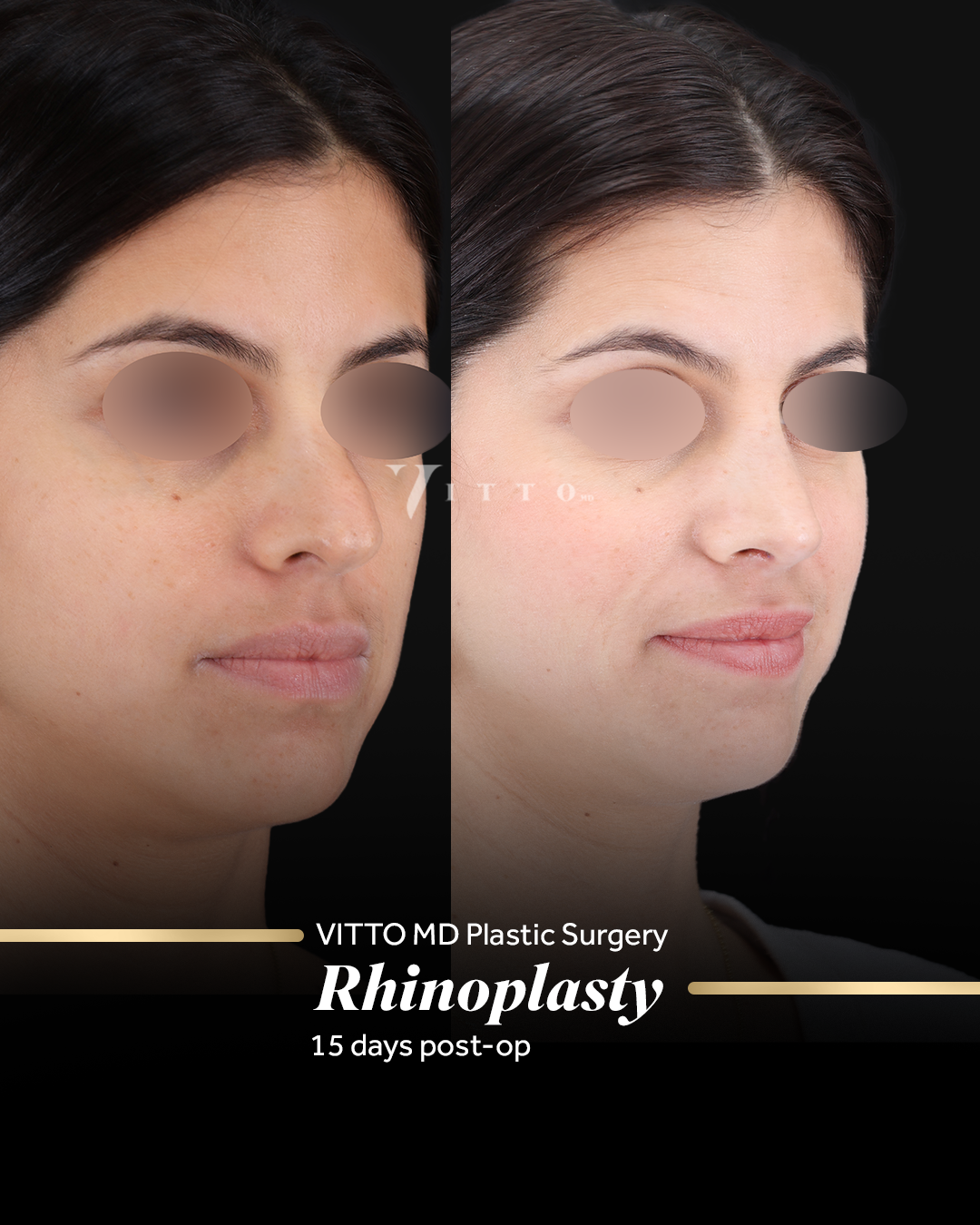
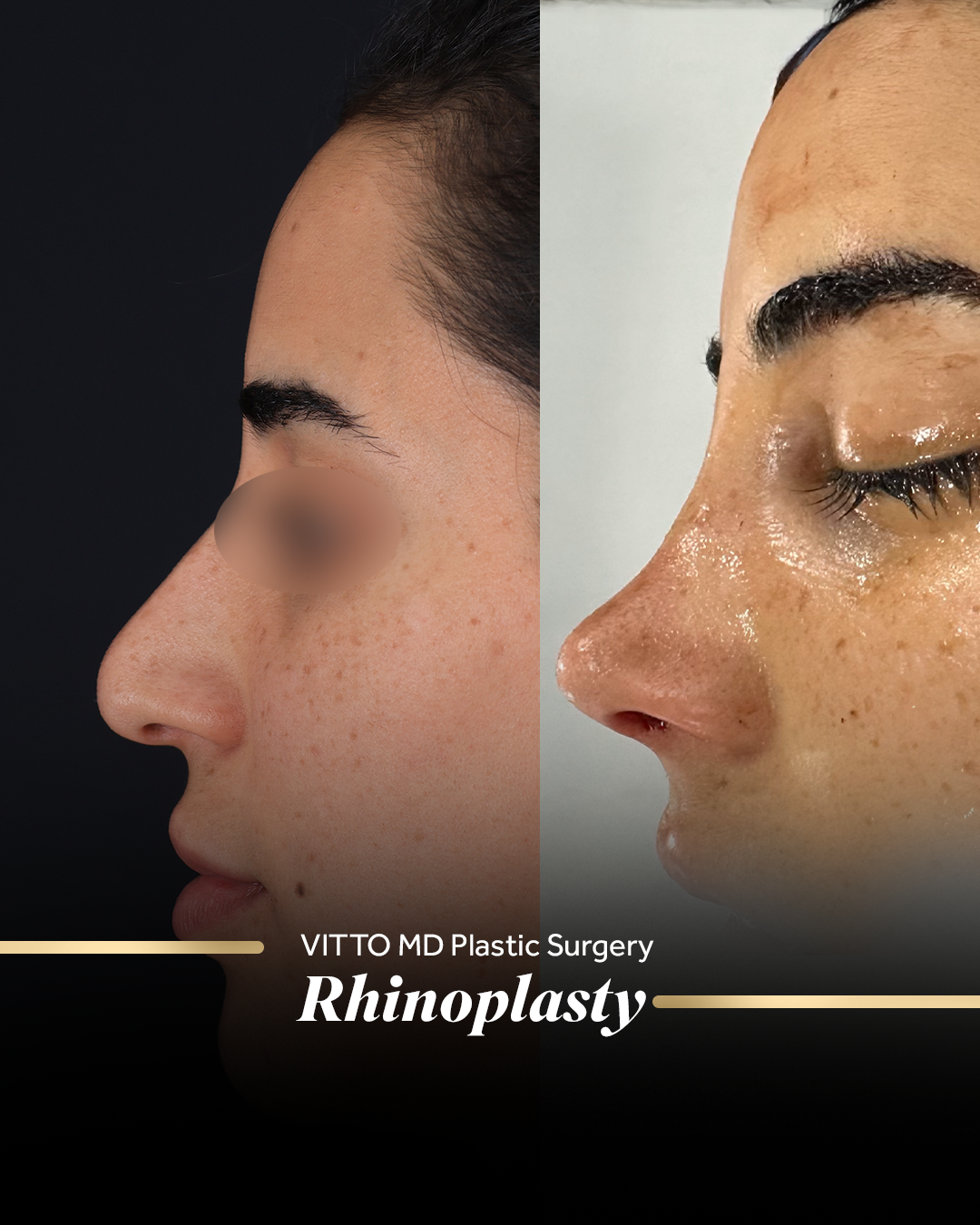
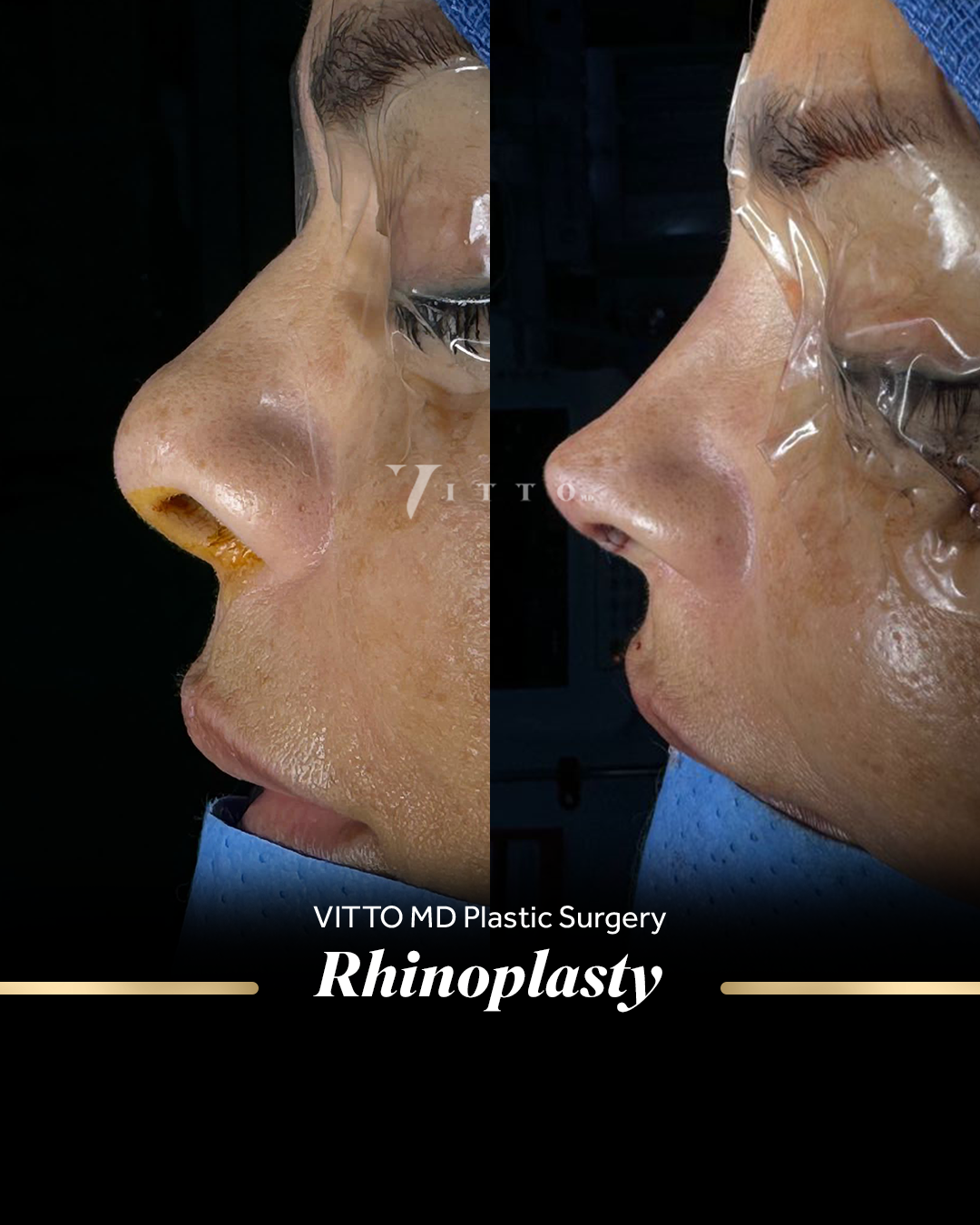
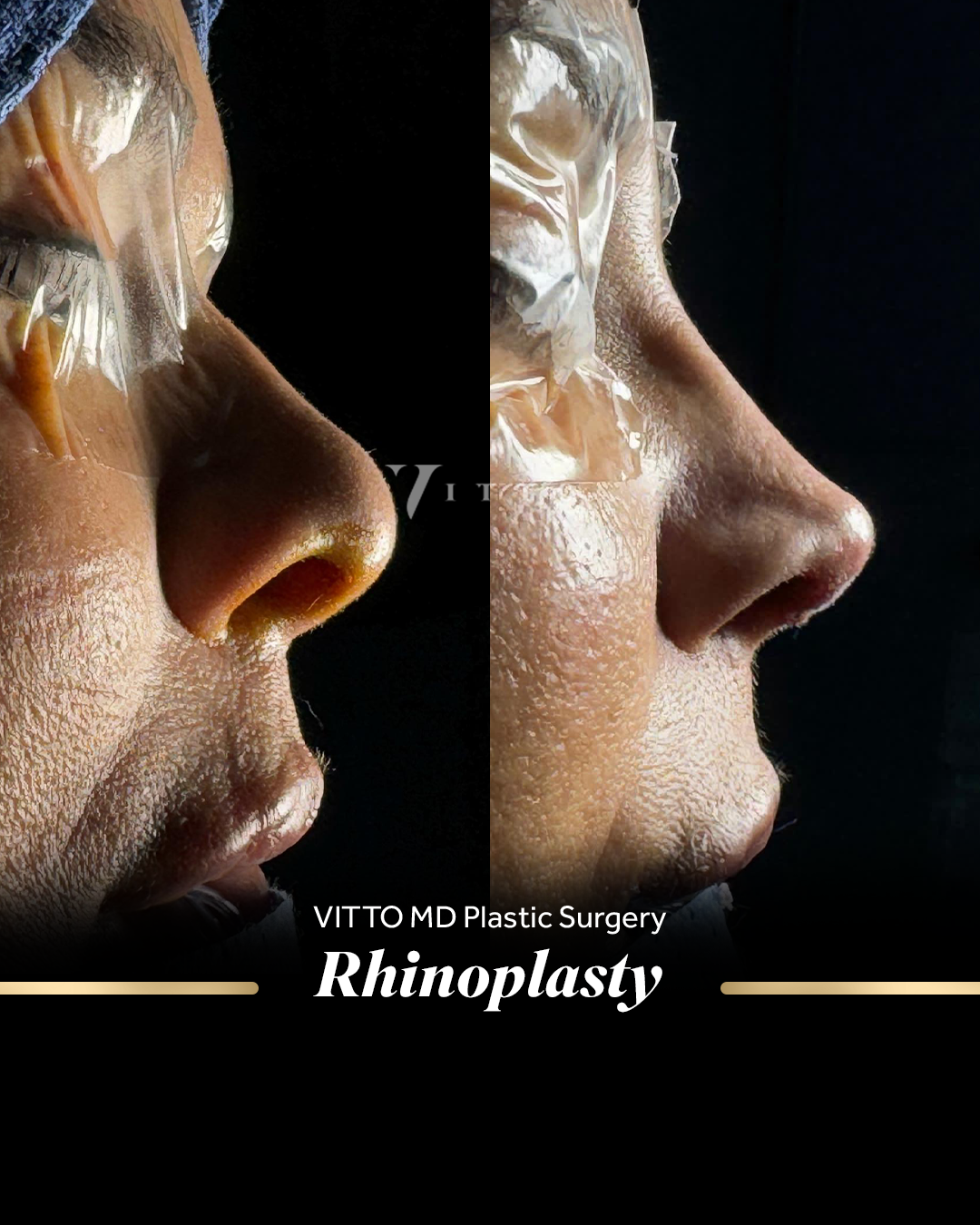
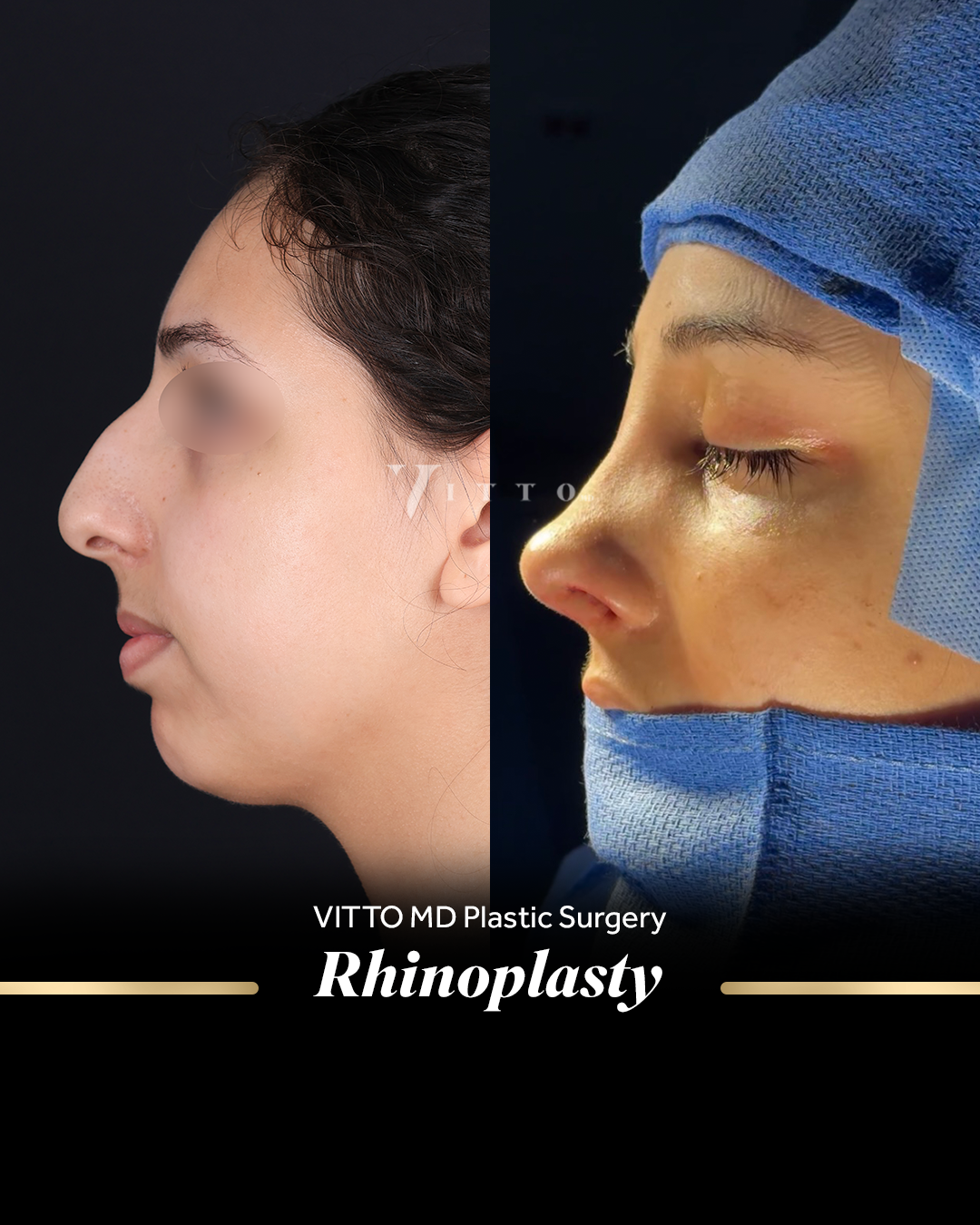




Look and feel your best
- Minimally Invasive - Highly Precise
- At our clinic, we believe that plastic surgery should enhance your natural beauty, not create an artificial appearance. That’s why we offer scarless and conservative rhinoplasty, a technique that avoids external incisions and focuses on reshaping the nose while preserving its natural features. Our approach to rhinoplasty is minimally invasive, highly precise, and produces beautiful, natural-looking results that enhance your facial harmony.
- Procedure
- Our scarless and conservative rhinoplasty procedure involves making internal incisions within the nostrils to access the underlying structures of the nose. Through these incisions, we reshape the nasal cartilage and bone, refine the nasal tip, and improve the nasal airway if necessary. Because the incisions are made internally, there is no visible scarring, and the recovery time is much faster than traditional rhinoplasty.
- Benefits
- The benefits of scarless and conservative rhinoplasty are numerous. By preserving the natural features of the nose, we create results that look natural and harmonious with your face. There is no visible scarring, which means you can feel confident about your appearance right away. Additionally, the minimally invasive approach means less downtime and a quicker recovery period. If you’re interested in enhancing the appearance of your nose without the need for visible scars or extensive downtime, then scarless and conservative rhinoplasty may be the right choice for you.

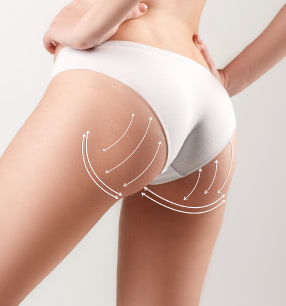
Frequently Asked Questions
What is anatomical and preservation rhinoplasty surgery?
Anatomical and preservation rhinoplasty surgery is performed in a totally different way than conventional techniques, giving amazing results, all in perfect harmony with the type of face of the patient, without modifying the features, much less their identity. It is called anatomical because it follows the anatomical principles, that is, the appearance of the nose is due to the shape and size of the internal structure of our nose: cartilage and bone.
The ideal way to achieve the changes is by changing the shape and size of these anatomical structures, and placing them in an ideal way, molding these structures. Instead of placing cartilage on the structures that modify the natural anatomy and generate an appearance of surgery or change the physiognomy of the patient.
How is anatomical and preservation rhinoplasty performed?
The approach carried out by means of the Anatomical Technique is Semi-Open, and it is carried out WITHOUT A SCAR ON THE SKIN, exposing the cartilage by means of partial extraction of the same, in this way working comfortably and effectively on the necessary changes in surgery. This technique is a combination of the open and closed technique, taking the benefits of each type of approach, and avoiding its disadvantages. As it is a technique that does not open the entire nose and allows the structures to be visualized, it is possible to modify the areas to be affected, to then be relocated in an exact and natural way, without injuring important structures to generate less trauma and allow the structures to be maintained intact, obtaining better results.
What results do we get with anatomical and preservation rhinoplasty?
- Little inflammation and pain: This technique works in an area without blood or lymphatic vessels (inflammation vessels).
- It produces very little pain, only discomfort or very mild pain.
- Predictable, evident, harmonious and natural changes: Being a technique that only seeks to resize and reposition structures that are incorrectly oriented, it is to be expected with certainty important changes without modification of the facial physiognomy, and in a natural way.
- It can take several months for the swelling to completely disappear and up to 1 year, sometimes longer, for the outcome of the surgery to be fully defined.
What are the risks involved in anatomical and preservation rhinoplasty surgery?
All surgeries have risks, but in nose surgery they are very low. It is important that you are aware of these risks, in order to understand the pros and cons of your surgery, however, it is considered a fairly safe procedure. The risks related to unwanted aesthetic changes, with the anatomical and preservation technique the possibilities are almost null, since it is carried out following the principles of changes of anatomical structure that do not allow deforming changes, and with preservation injuries are avoided and therefore complications.
Recommended Before Undergoing Plastic Surgery
- Before scheduling rhinoplasty, you should attend a consultation to discuss the important factors that will determine whether the surgery can work well for you.
- During the consultation you will be explained what can and cannot be achieved with rhinoplasty and what the results might be.
- Medical History: The most important question to ask yourself will be what your motivation for surgery is and what your goals are. You will be asked questions about your medical history (including history of nasal obstructions, surgeries, and the medications you take).
- A physical examination: A complete physical examination, where your facial features, the inside and outside of the nose will be checked. This physical examination will help the surgeon determine what changes need to be made and how the physical characteristics of the nose may affect the results of the surgery. In addition, the physical examination is essential to determine the impact of rhinoplasty on breathing.
- Photographs: Photographs will be taken for evaluations before and after the procedure, for reference during surgery and for long-term reviews.
- ccordion Content
Some Postoperative
- During the postoperative period, you will need to remain in bed with your head elevated above chest level to prevent swelling.
- The nose may become congested due to swelling or from splints placed inside the nose during surgery. However, nasal plugs will not be used as in other techniques.
- In most cases, a splint, inner tubes, or very thin sheets will be placed inside the nose and a nose splint on the outside to provide protection and support for the new structures during the initial healing stage, usually it is left in place for about 10 days.
- You will receive specific instructions, which may include:
- Take care of the area of the operation.
- Indications of the medications to be applied or taken orally to aid healing.
- Factors to pay special attention to in the surgical site and in your general health.
- When to return for follow-up.
What financing options are available for my plastic surgery and how can I apply?
Our clinic offers a range of financing options to help
make plastic surgery more affordable for our patients.
During your consultation, our staff will provide you
with detailed information on these options and assist
you in applying for financing if needed. We believe
that everyone should have access to high-quality
plastic surgery, and we are committed to making it a
reality for our patients.


